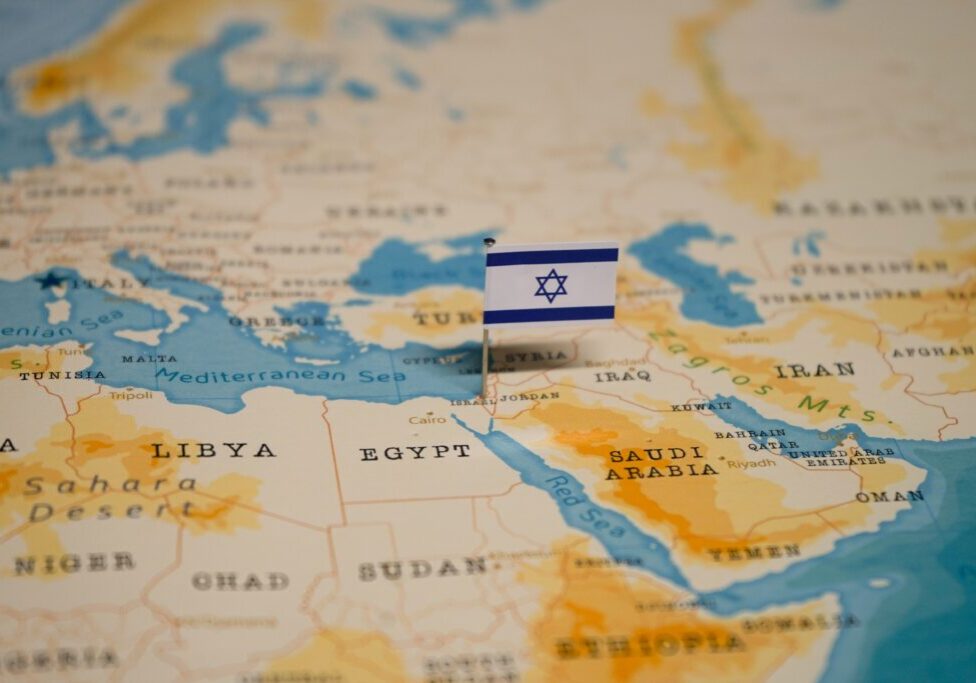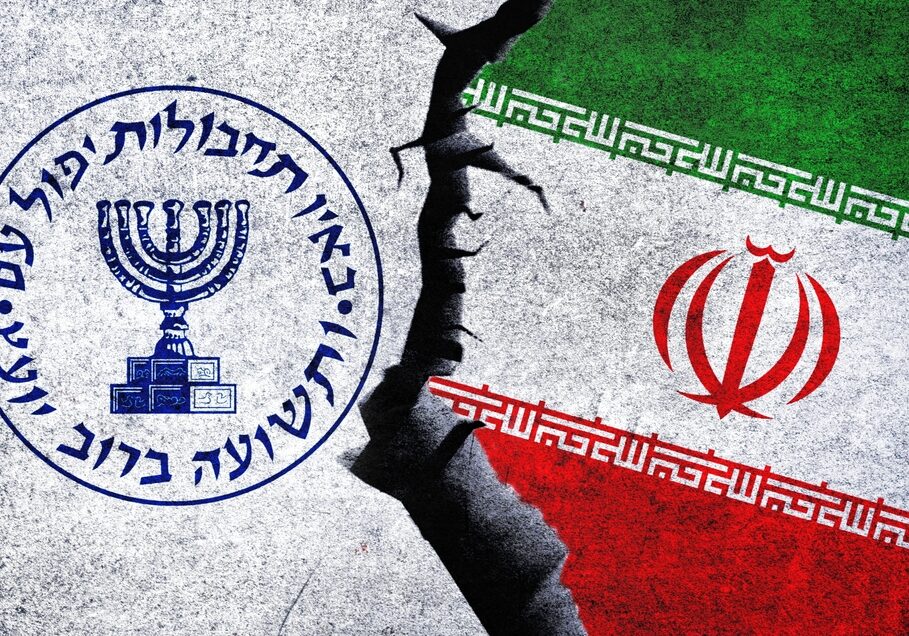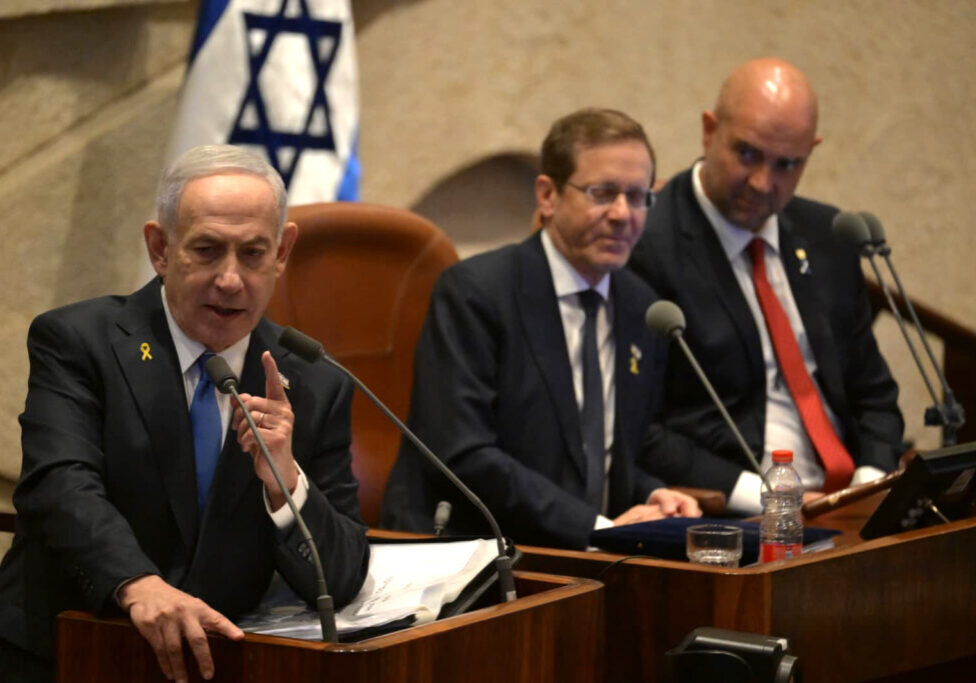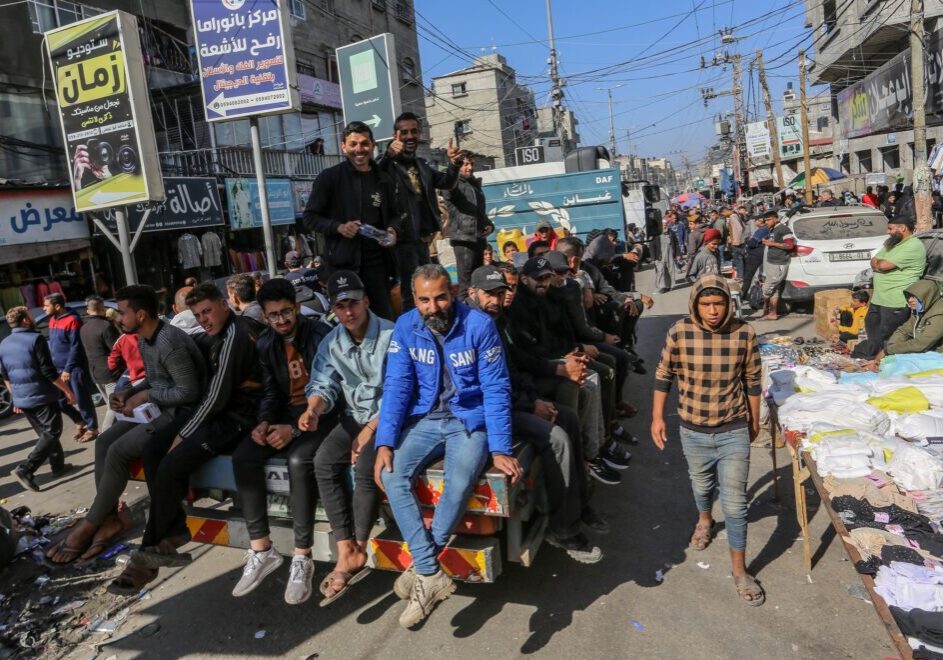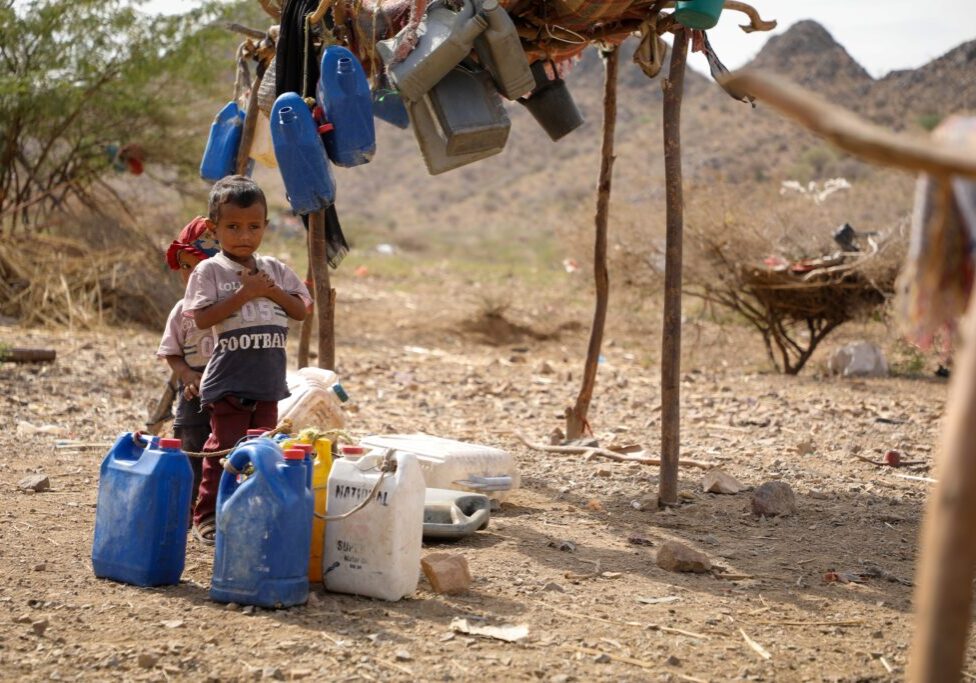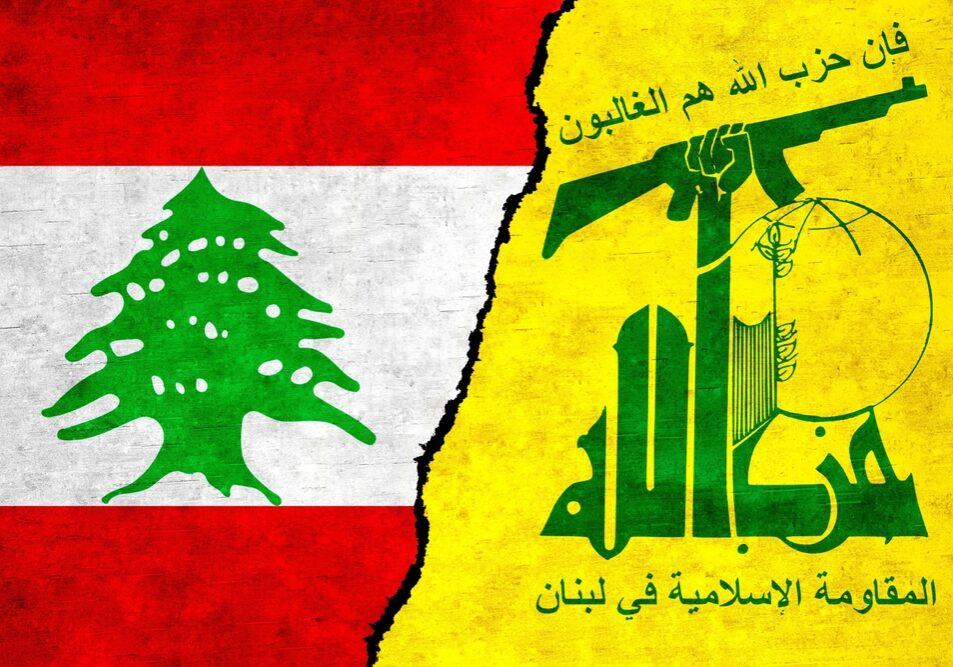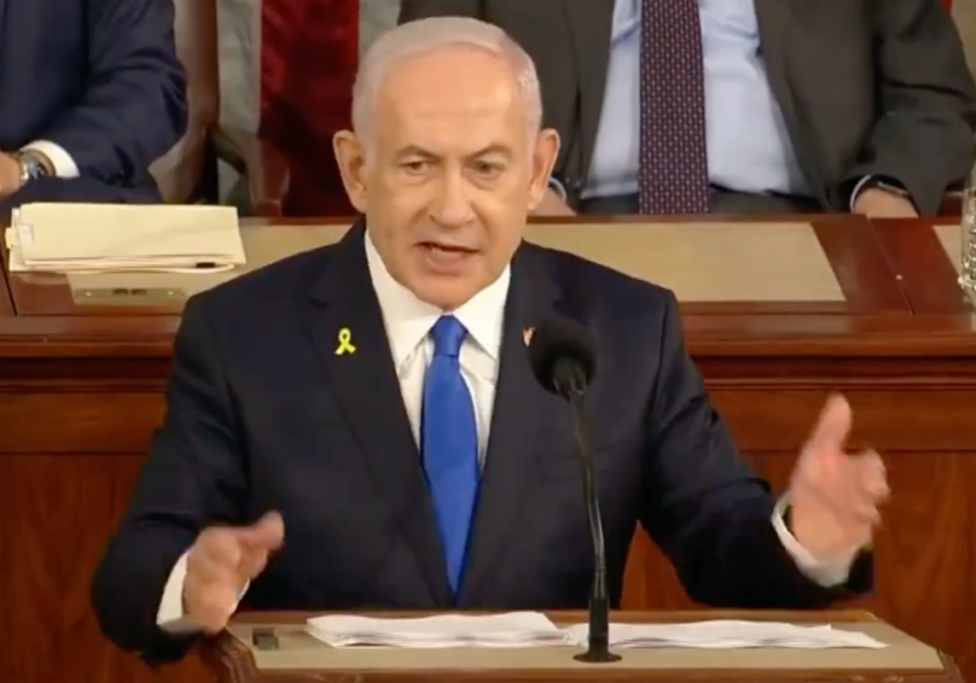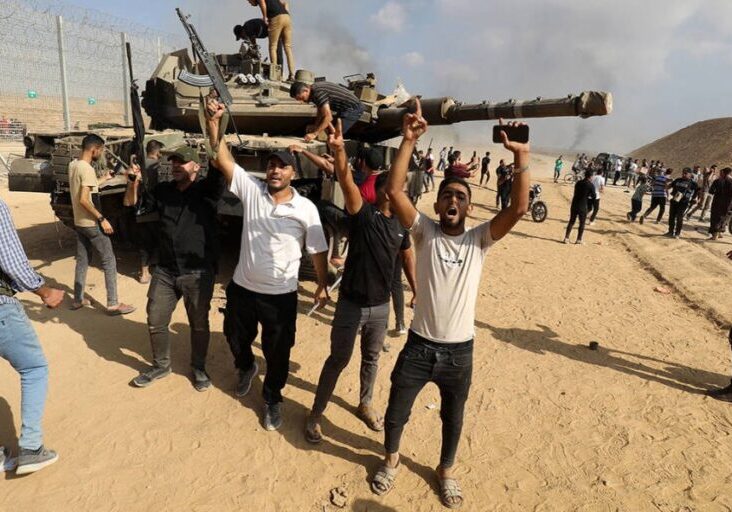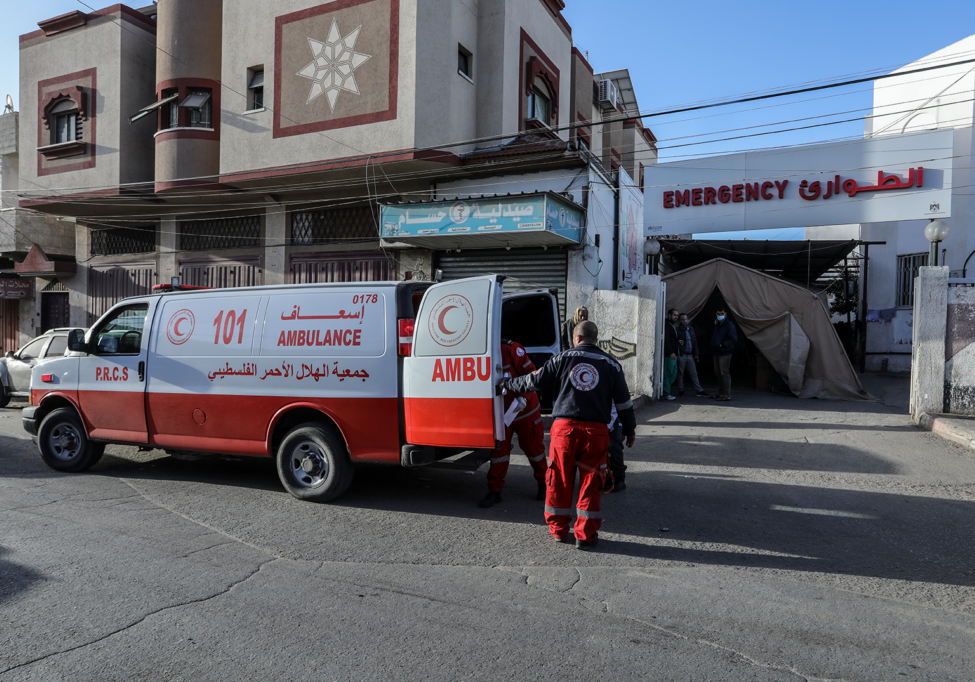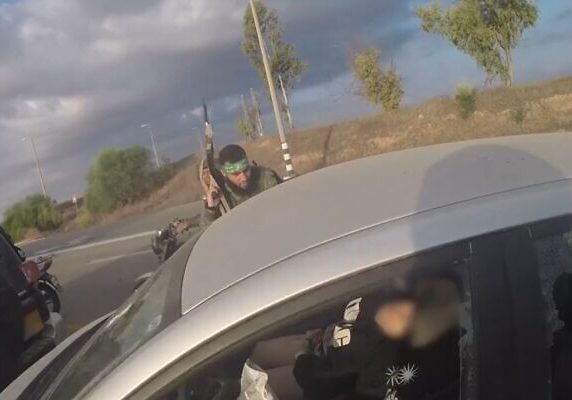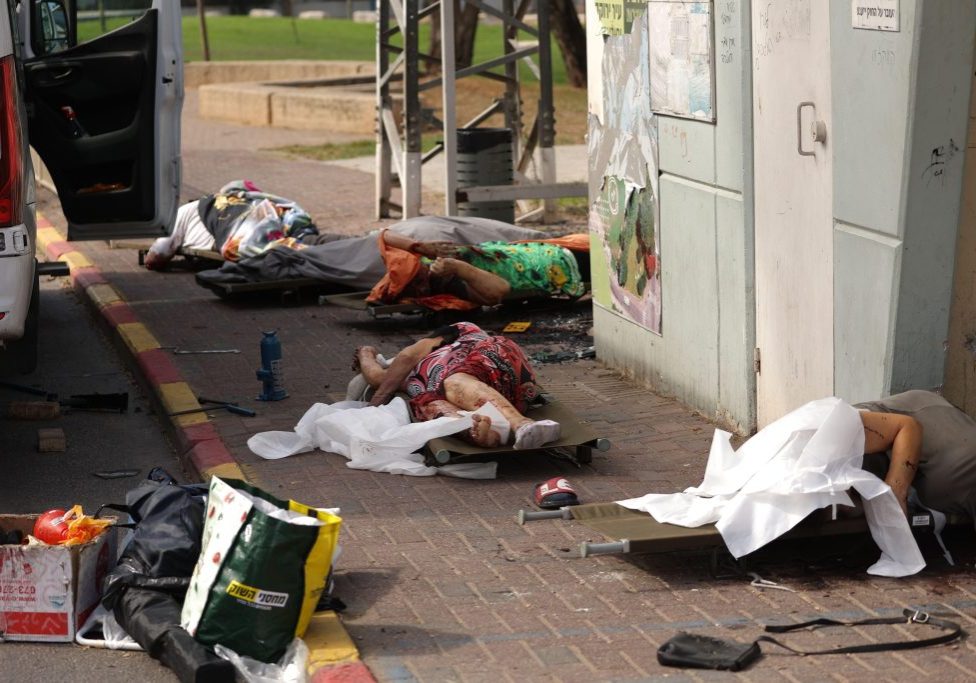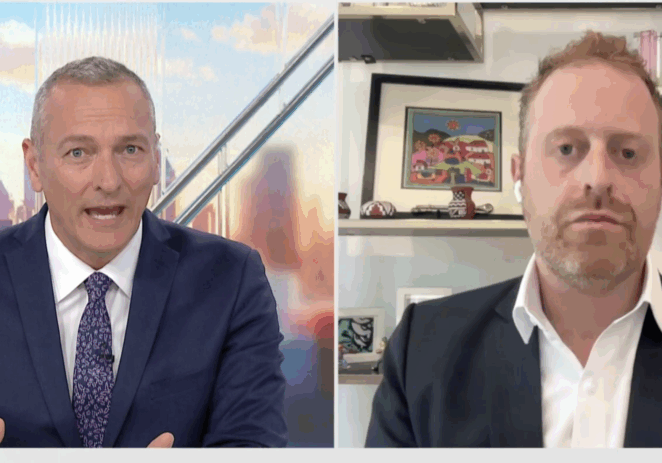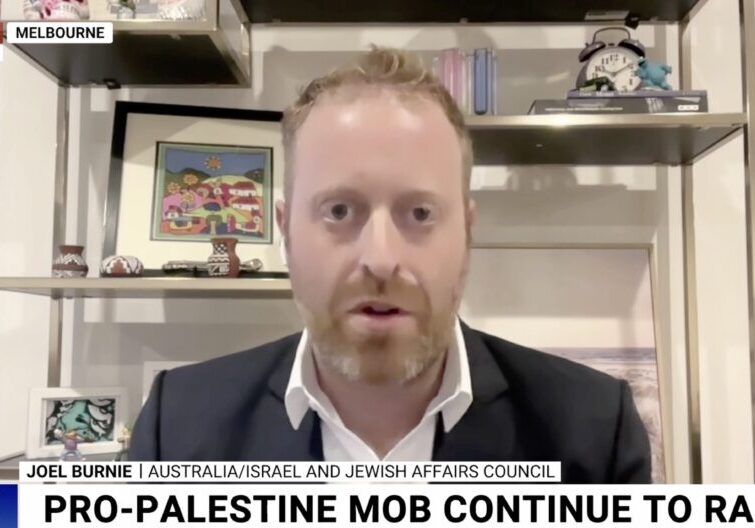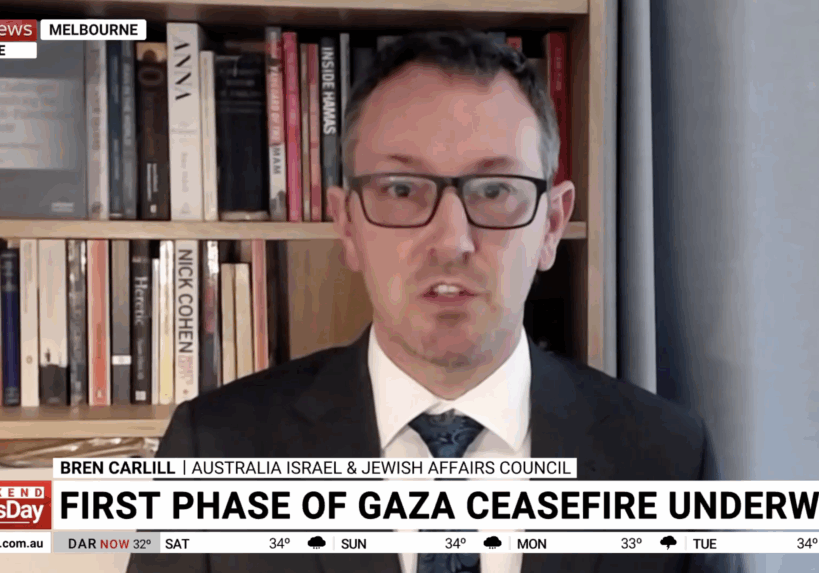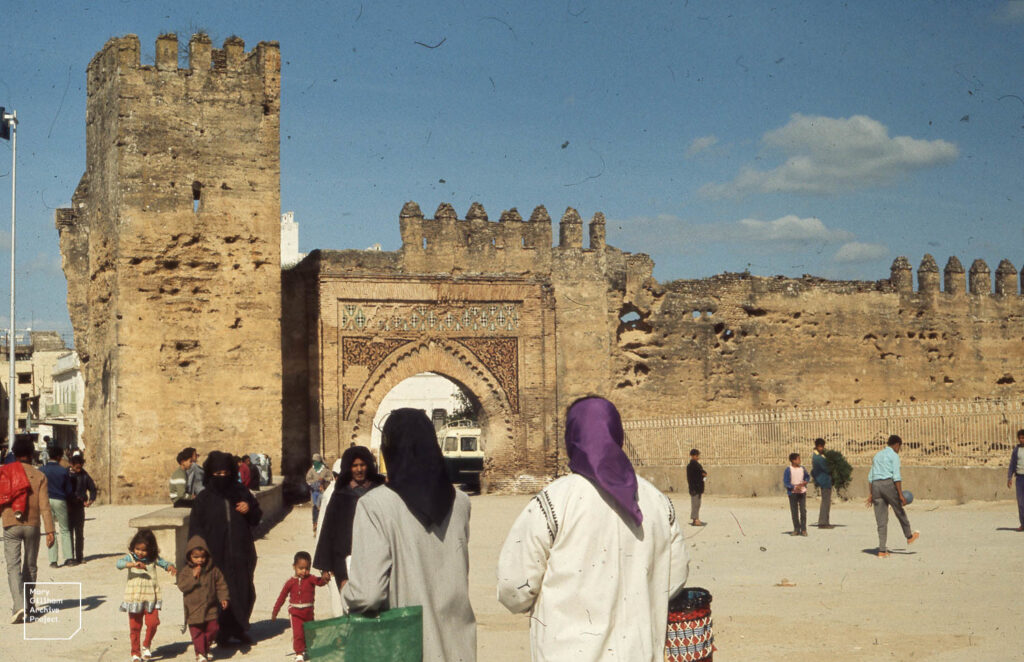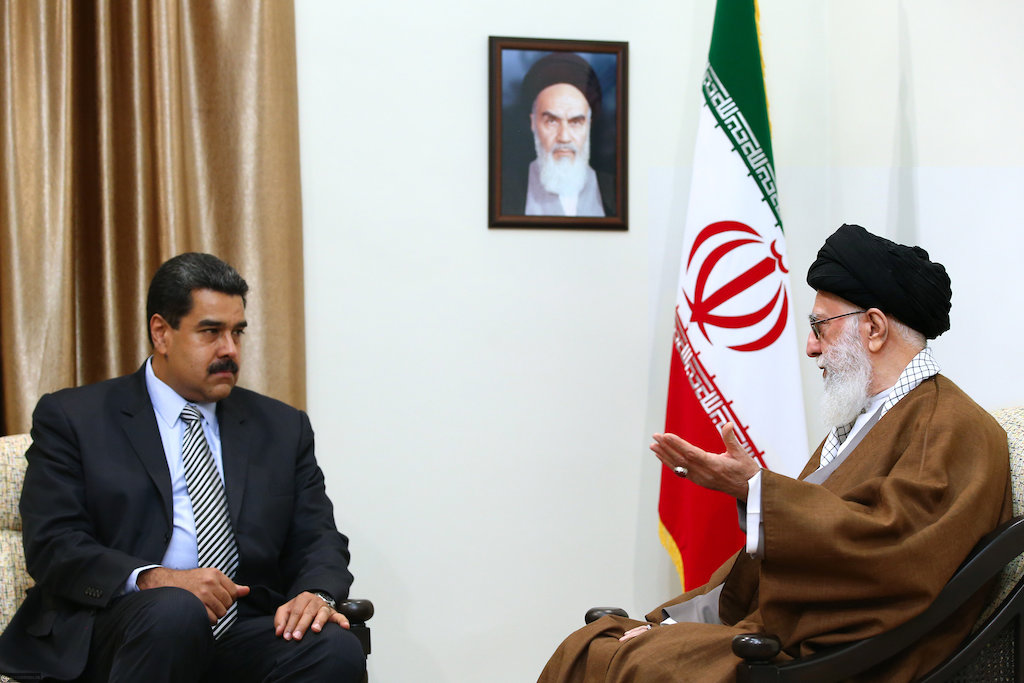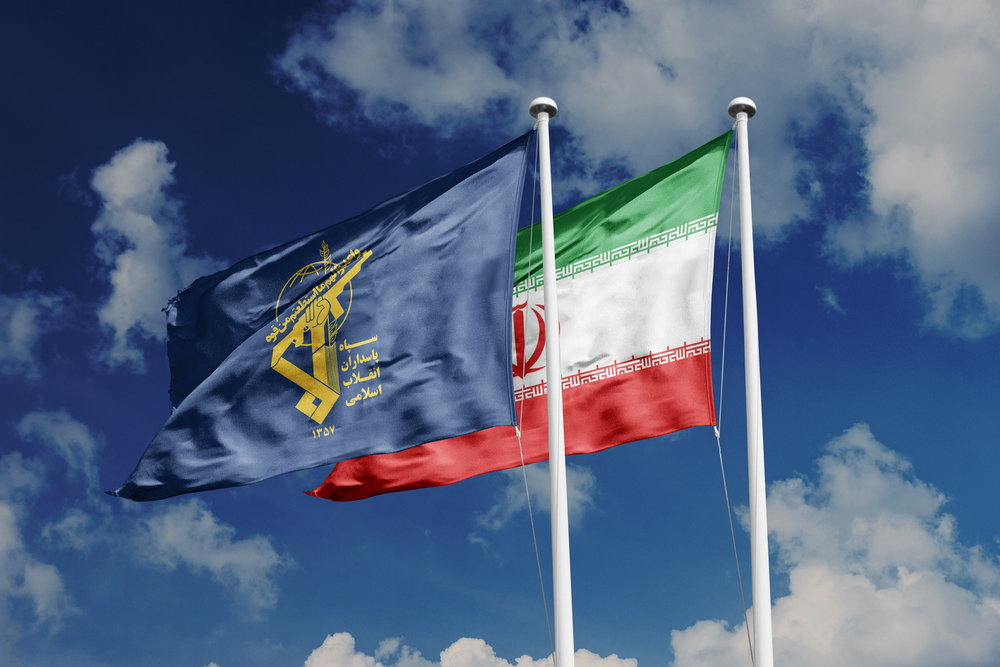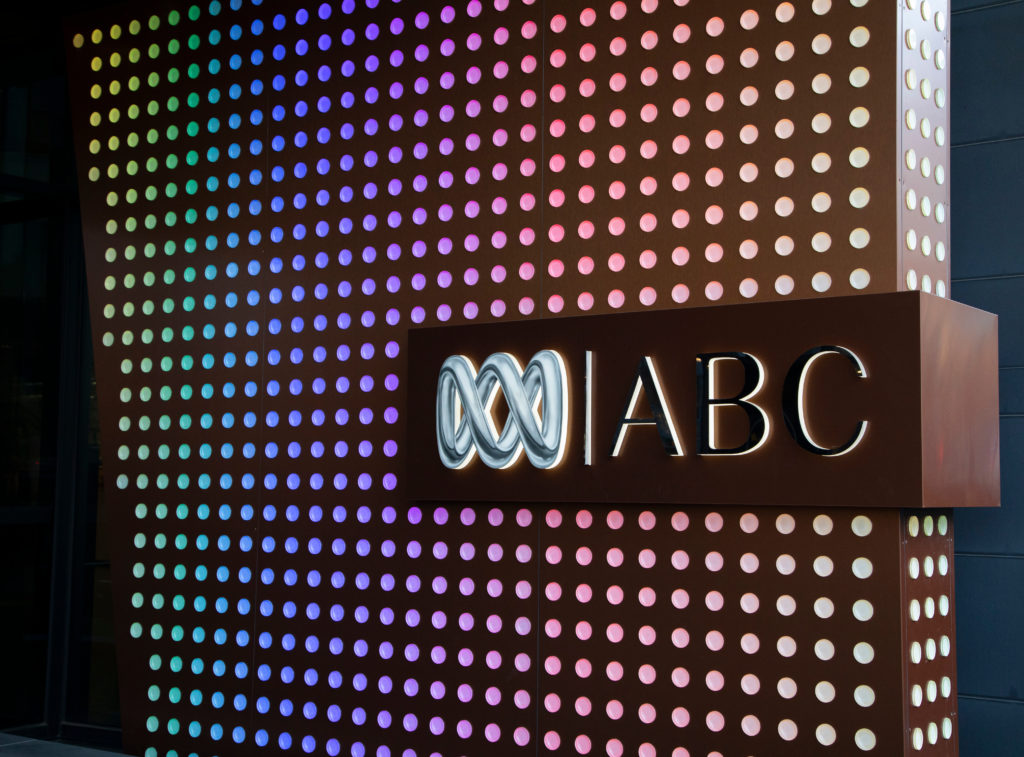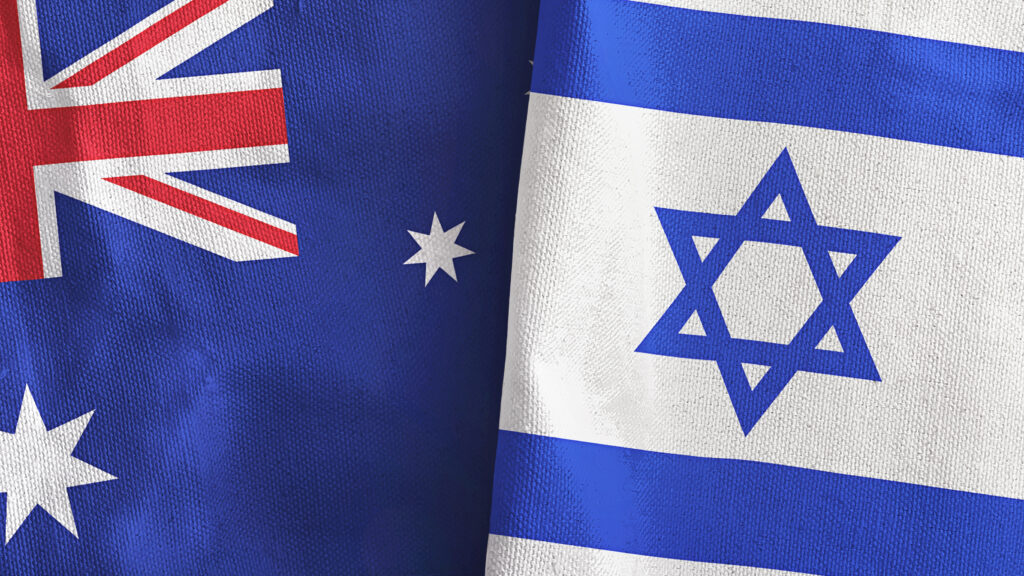FRESH AIR
Latest IAEA report on Iran suggests a critically dangerous situation
September 13, 2022 | Ran Porat
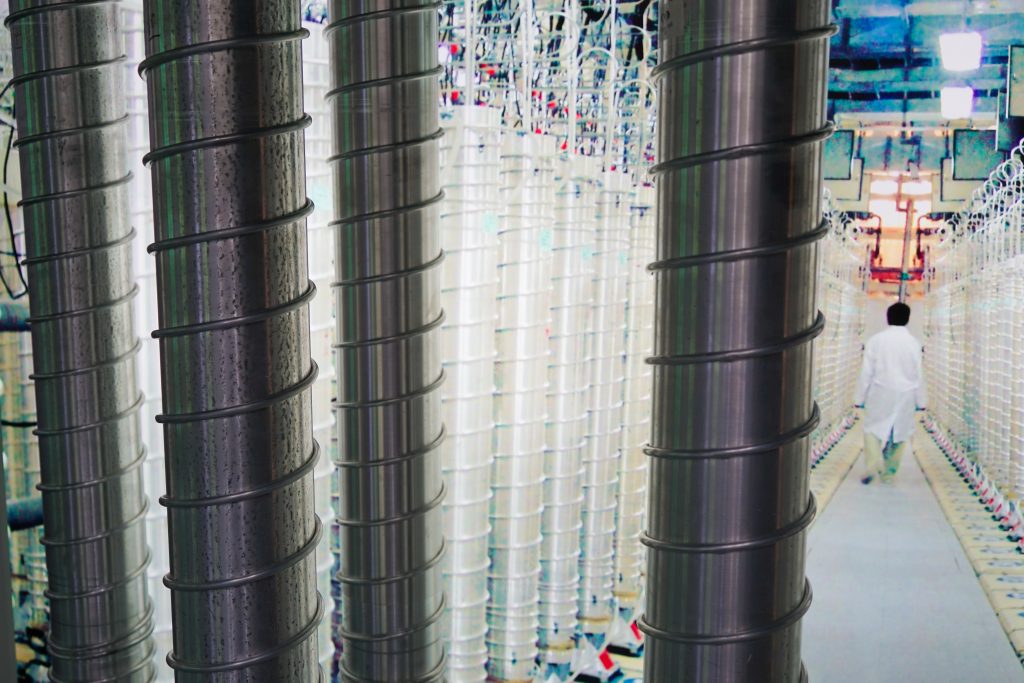
Iranian centrifuges (Credit: Shutterstock)
On Sept. 7, the International Atomic Energy Agency (IAEA) published its periodical report on Iran’s nuclear program.
The report was analysed by the US-based Institute for Science and International Security (ISIS).
Main conclusions from the IAEA report
Enrichment
- Iran’s breakout time is now ZERO – with breakout time defined as the period required to produce enough weapons grade uranium (WGU, more than 90% purity) for one atomic warhead.
- Iran can produce enough WGU for 3 warheads in one month.
- Iran’s stockpiles of 20% and 60% highly enriched uranium continue to grow – according to the ISIS analysis, Iran has amassed “55.6 kilograms (kg) (in uranium mass or U mass) of near 60 percent enriched uranium in UF6 form, or 82.2 kg (in hexafluoride mass or hex mass)” an increase of 12.5kg in total from the previous quarterly report.
TABLE 1: Enriched Uranium Quantities
| Chemical Form | August 30, 2021 | November 6, 2021 | March 3, 2022 | May 15, 2022 | August 21, 2022 |
| Totals of Enriched Uranium in all chemical forms, <5 % <20 % and <60 % enriched |
2441.3 | 2489.7 | 3197.1 | 3809.4 | 3940.9 |
- Iran’s nuclear research and development activities carry on in full swing – including installation and operation tests of various newer models of centrifuges, able to enrich much more quickly, in underground facilities at Fordow and Natanz; and experimenting with ‘skipping’ stages to quickly jump from Low Enriched Uranium (LEU) to Highly Enriched Uranium (HEU). Enriched uranium production capacities also continue to improve.
TABLE 2: Quantity of enriching centrifuges and enrichment capacity
| Facility | Number of enriching centrifuges | Enrichment capacity in SWU/yr | IR-1 equivalent |
| Natanz | 7964 | 12426 | 13807 |
| Fordow | 1376 | 2135 | 2372 |
| Natanz PFEP* | 536 | 2025 | 2250 |
| Total | 9876 | 16586 | 18429 |
- Two-thirds of Iran’s stock of 60% HEU are stored at the nuclear sites at Esfahan, where a capability to produced enriched uranium metal – essential for the core of a nuclear warhead – is maintained.
IAEA monitoring
- The IAEA’s ability to monitor Iran’s current and past nuclear activities is almost ZERO – the agency warns that it can no longer “provide assurance of the peaceful nature of Iran’s nuclear program.” Put differently, the IAEA currently cannot do its job of guaranteeing that Teheran is not using its nuclear program to produce weapons of mass destruction.
- Many of the Agency’s surveillance cameras have been removed by Iran over recent months. In addition, Teheran still holds on to 1.5 years of footage from these and other IAEA cameras. This means that current enrichment is not being effectively supervised.
- Moreover, it is currently impossible to determine accurately what has been happening with regards to enrichment processes during that time, or, indeed, to determine if materials and/or equipment (such as centrifuges, parts of centrifuges and machinery to produce centrifuges previously used at the Karaj facility) have been diverted to be used for military uses.
Unresolved issues
- No progress was made in the IAEA investigation of Iran’s nuclear weapons project (AMAD project) and the other ‘unexplained’ and suspicious findings at several undeclared locations – sites at Turquz-Abad, Lavizan-Shian, Teheran, Mervian and the recently resurfaced Golab Dareh site – suggesting illegal possible military dimensions (PMD) work may have been carried out at these secret sites.
- It is entirely possible that more undeclared nuclear locations exist that are either under IAEA investigation or have yet to be discovered. This is because Iran continues to refuse to cooperate with the PMD investigations.
- Explanations provided by Iran with regards to the sites being investigated were “not technically credible” according to the IAEA. In other words, Iran’s claims about these sites appear to be complete lies and fabrications. In some cases, the Iranians insisted that evidence presented to them – be it from the archive material or independently obtained satellite imageries etc. – about the existence of nuclear activities at these sites were “fabricated” by a third party.
- The IAEA report essentially amounts to a finding that Iran is in breach of the Treaty on the Non-Proliferation of Nuclear Weapons (NPT) and will remain so until it cooperates, though it does not present this conclusion is such stark terms. Breaching the NPT is a strong reason to refer Iran to the UN Security Council, which the IAEA has the power to do.
In conclusion
- Iran can pass the technical threshold at will and very quickly produce enough fissile material for at least one nuclear warhead at any time.
- Replicating the North Korean model, the enrichment arm of Iran’s nuclear weapons program is today almost unstoppable.
- While the West is engulfed in tensions with. Russia and China and the US Administration appears eager to put the Iranian nuclear file aside, Teheran has not been negotiating in good faith. Instead, Iran’s main aim in the talks over the last 18 months appears to have been to waste time and divert attention. The whole time it has been openly pushing full steam ahead with its indigenous project to produce nuclear weapons capabilities, including the necessary nuclear fuel ready to introduce into a weapon at short notice – breaking every international norm and abusing UN inspectors in the process.
- Iran’s capability for the failed negotiations was publicly acknowledged (Sept. 10) by the leading European states involved in the Vienna talks (UK, France and Germany), saying “Iran’s position contradicts its legally binding obligations and jeopardizes prospects of restoring the JCPOA… Iran continues to escalate its nuclear program way beyond any plausible civilian justification.” The European states have been among the most dedicated advocates of a return to the JCPOA nuclear deal.
What next?
- The Iran file is again slated to be at the centre of the next IAEA Board of Governors (BOG) meeting, scheduled for this week starting on Sept. 12. In June, the last time the board met, it issued a staunch rebuke of Iran, which responded angrily by further curbing the Agency’s ability to monitor the nuclear program by disconnecting IAEA cameras stationed at many Iranian sites.
- Unless the international community, starting with the upcoming IAEA BOG meeting, produces a solid and powerful response to Iran’s double game, referring the matter to UN Security Council, the NPT arms control regime preventing the proliferation of weapons of mass destruction is in danger of complete collapse.
- A serious problem is that Teheran’s allies – Russia and China – have veto powers at the UN Security Council and can be expected to block further international sanctions on Iran. Still, even having the Iran file discussed at the UN’s top body should be reason enough for strengthening individual and independent punitive steps against Teheran by the US and its European allies.
- With Iran’s enrichment arm reaching technical maturity, the world now needs to also focus on stopping the other arms of Teheran’s nuclear weapons program – the development of long-range missiles and the building of the nuclear warhead itself.
- Pressure on the regime in Teheran, in the form of sanctions, international isolation and other aggressive steps on the ground, must remain and should even be increased if there is to be any hope of achieving these goals.
Dr. Ran Porat is a research associate at the Australia/Israel & Jewish Affairs Council and the Australian Centre for Jewish Civilisation at Monash University, and a research fellow at the International Institute for Counter-Terrorism at the Interdisciplinary Centre in Herzliya, Israel.
RELATED ARTICLES
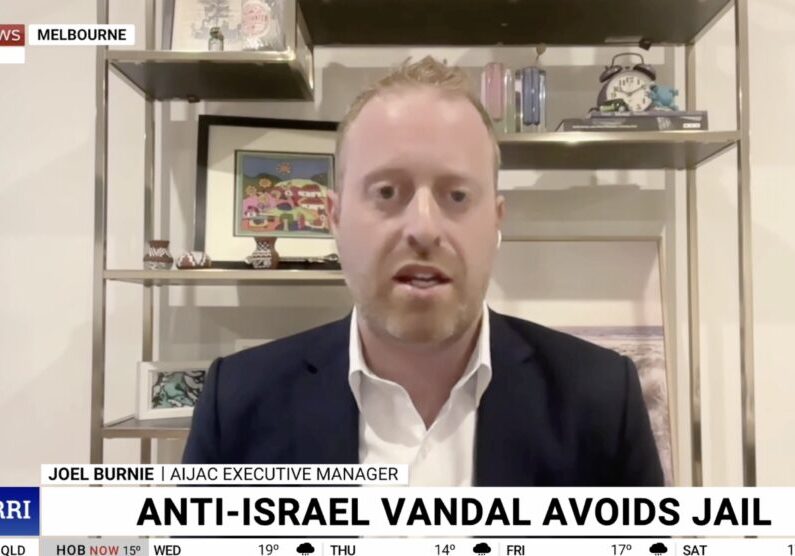
Sentencing for antisemitic vandalism “manifestly inadequate”: Joel Burnie on Sky News
Nov 27, 2025 | Featured, Video
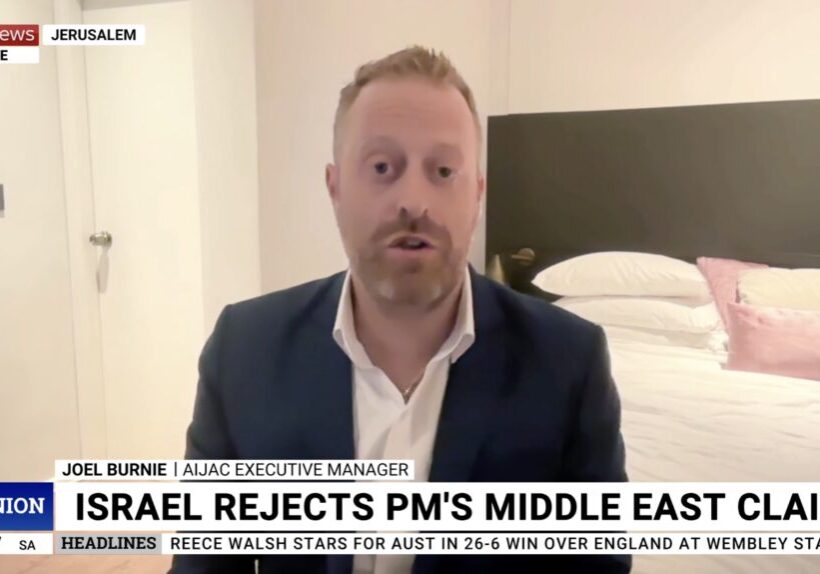
“Bittersweet” aftermath of hostage release deal: Joel Burnie on Sky News
Oct 27, 2025 | Featured, Video
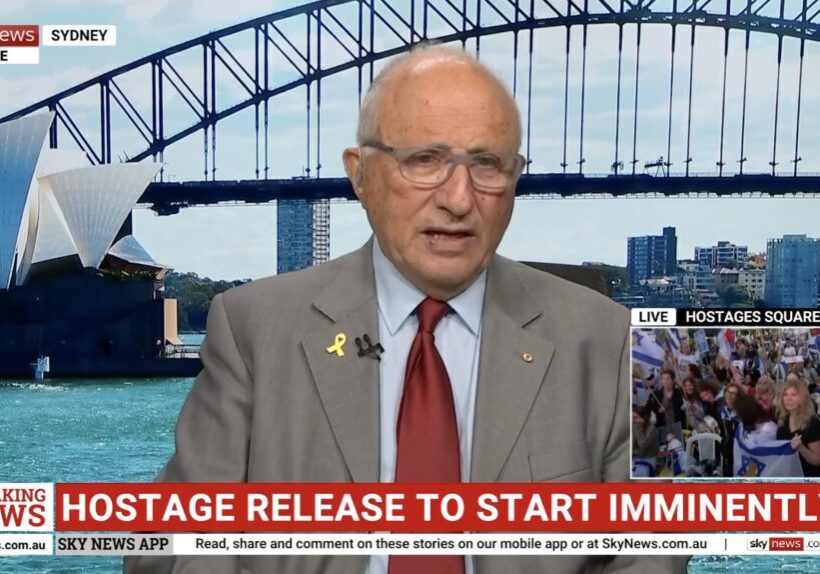
Hamas responsible for huge suffering on both sides of Gaza war: Colin Rubenstein on Sky News
Oct 13, 2025 | Featured, Video

